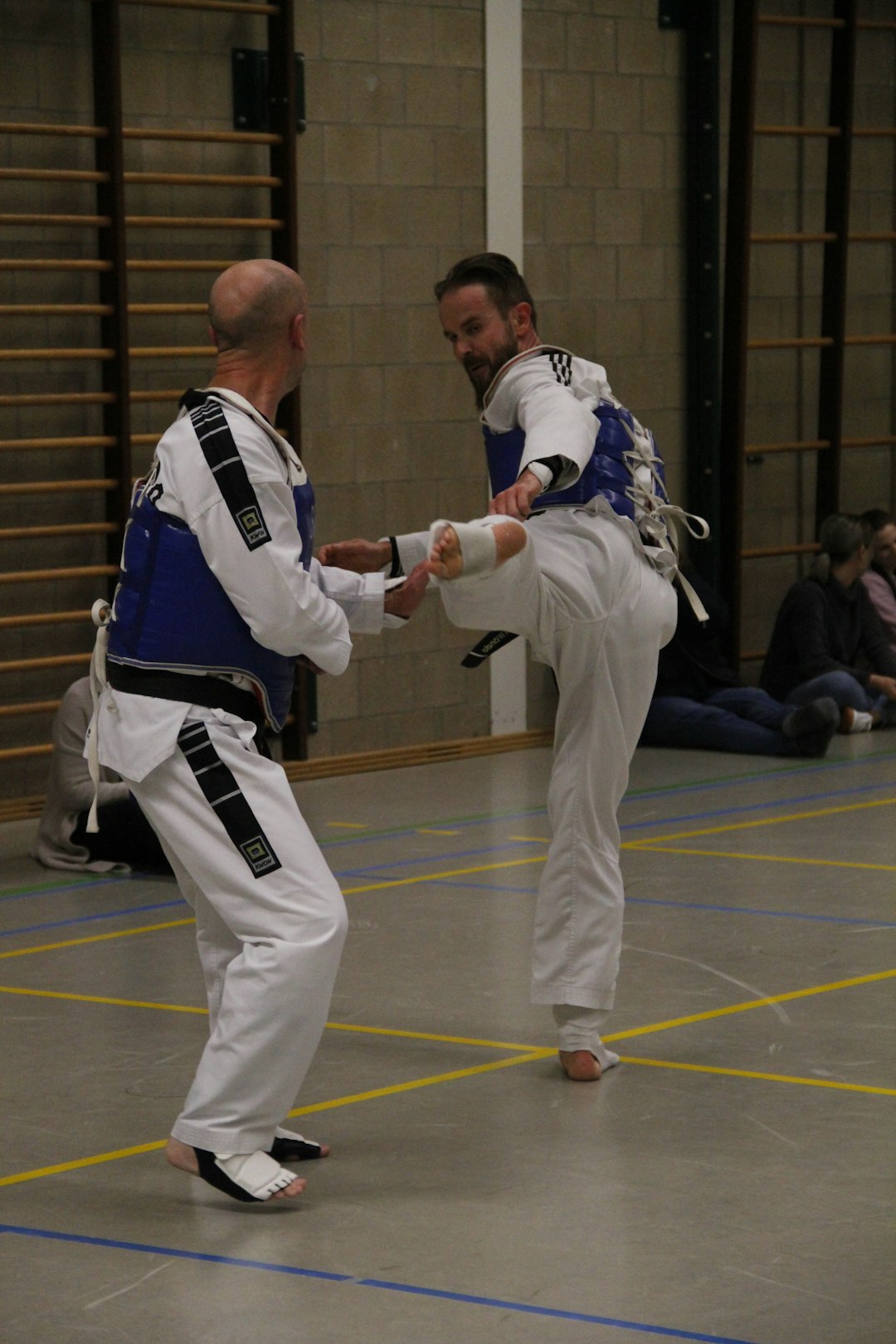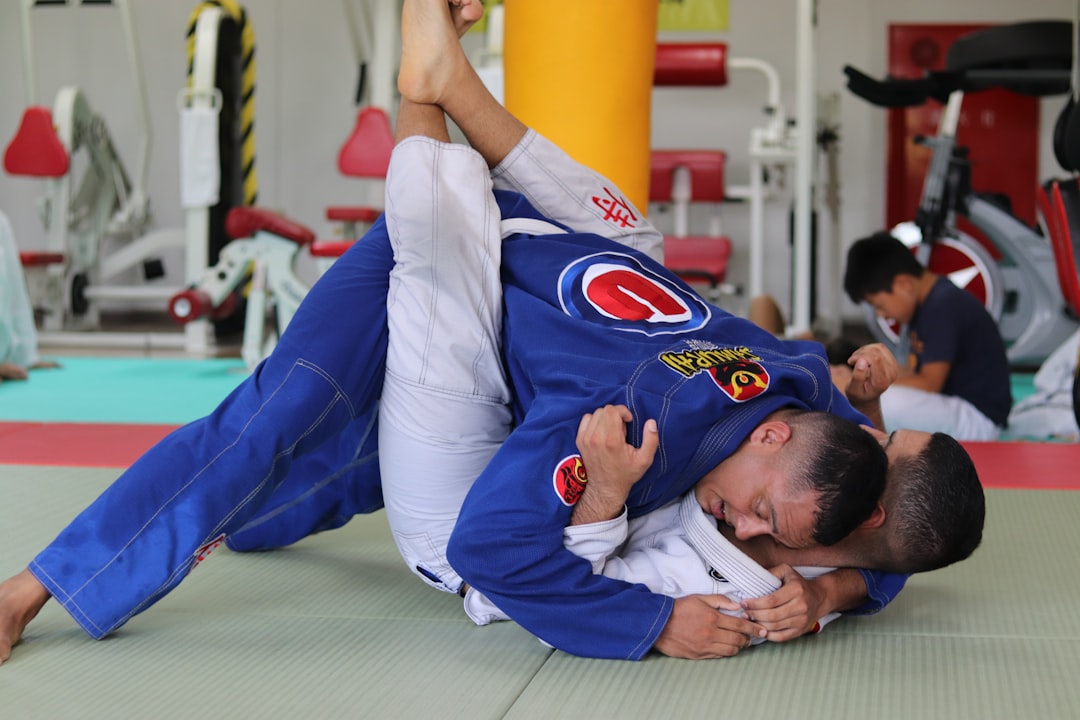The article explores the cultural significance of the traditional karate Gi and its role as a symbol of commitment, humility, and respect within the martial arts community. It underscores how the functional design of the Gi allows for optimal movement and enables instructors to assess technique and posture. The piece also emphasizes the importance of donating karate equipment, such as Gis, as a means to support fellow practitioners, maintain traditional standards, and contribute to the vibrancy of the community. It highlights that upgrading to higher quality Gis and other gear is not just about personal advancement but also about preserving the authenticity and heritage of karate. The evolution of the keikogi reflects the martial art's history and its adaptation to various cultural contexts, with contemporary uniforms offering both traditional and modern designs to cater to diverse training needs. Donating karate equipment is presented as a valuable contribution that can enhance learning experiences for new practitioners, foster discipline, respect, and mental strength, and ensure the longevity and richness of martial arts practice across generations. The article encourages readers to consider donating their used or extra gear to local martial arts schools, community organizations, or specialized distribution networks dedicated to supporting the continued growth and sustainability of the karate tradition.
Karate enthusiasts and practitioners worldwide are familiar with the traditional uniform that defines this ancient martial art. Known as a “Karate Gi,” this garment is steeped in history and symbolism, serving as a canvas for discipline, respect, and tradition. This article delves into the significance of the Karate Gi, dissecting its components, the evolution of karate uniforms through time, and the impact of donating karate equipment on supporting martial arts communities. Join us as we explore the essential elements that make up the heart of karate attire and how these garments have shaped the practice of this dynamic sport.
- Exploring the Essentials: The Significance of Traditional Karate Outfits
- The Components of a Karate Gi: A Closer Look at the Maker and Wearer
- Karate Uniforms and Their Evolution Over Time
- How to Donate Karate Equipment and Support Martial Arts Communities
Exploring the Essentials: The Significance of Traditional Karate Outfits

Karate, a discipline rooted in Okinawan culture and known for its defensive and mental benefits, is often associated with its distinctive attire, the Gi. This traditional uniform is more than mere clothing; it represents the practitioner’s dedication to the art. The Gi, which comes in various shades of white, is designed to facilitate movement while allowing instructors to easily assess a student’s technique and posture. It’s also an integral part of the karate tradition, symbolizing humility and respect for the practice. For those who wish to contribute to the community or replace their own worn-out Gi, donating karate equipment can be a meaningful way to support fellow enthusiasts and ensure that traditional standards are maintained.
When practicing karate, the Gi serves as a canvas onto which the discipline’s philosophy is visually expressed. It’s a garment that transcends mere apparel, embodying the principles of discipline, respect, and integrity that are central to karate. The top, known as the ” jacket,” and the bottom, called “pants,” are simple yet functional, allowing for unhindered performance during practice or competition. These traditional outfits not only aid in the execution of techniques but also help in creating a sense of unity among practitioners around the world. Whether through donating used equipment to those in need or purchasing new ones to replace outgrown attire, supporting the karate community ensures that the tradition continues to thrive.
The Components of a Karate Gi: A Closer Look at the Maker and Wearer

When practitioners of karate step onto the mat, they are adorned in a traditional garment known as a Gi. This garment is not merely a uniform but a symbol of respect and discipline within the martial arts community. A typical Gi consists of a jacket, trousers, a belt indicating the wearer’s rank, and sometimes a headband to keep stray hairs out of the face during practice. The fabric, usually cotton or hemp blend, is durable and breathable, designed to withstand the rigors of karate training while allowing for comfort and ease of movement.
The components of a Karate Gi are crafted with both the maker’s expertise and the wearer’s needs in mind. The jacket, or ‘Uwagi’, features a set of lapels and is cut to allow for a full range of motion without compromising on structure. The trousers, known as ‘Shin-gi,’ are tailored to fit snugly yet comfortably around the legs, ending just above the ankle. The belt, or ‘Obi,’ which secures the Gi, is traditionally white and is tied in a knot at the back, symbolizing unity and wholeness. As practitioners advance in their art, they often seek to replace their initial Gi with higher quality versions, some even choosing to donate karate equipment to beginners starting their journey. This not only supports the community but also instills a sense of camaraderie among karateka, reflecting the shared values and mutual respect inherent in the discipline.
Karate Uniforms and Their Evolution Over Time

Karate uniforms, or ‘keikogi,’ have undergone significant changes over time, reflecting both the evolution of the martial art itself and its integration into various cultural contexts. Historically, practitioners wore simple cotton garments that allowed for ease of movement and did not hinder the flow of energy during practice. Over the decades, these attire evolved to include more structured elements such as belts, or ‘obi,’ which denote a karateka’s rank, and jackets, or ‘udekke,’ that offer a standardized appearance among practitioners. The modern keikogi typically features a jacket and pants of similar color, with a patterned belt tied around the waist, signifying discipline and respect within the martial arts community.
Today, the traditional keikogi remains the most commonly accepted attire for practicing karate, but variations have emerged to cater to different needs and preferences. Some schools opt for lightweight, breathable materials that enhance performance during intense training sessions. Additionally, as the popularity of karate has grown globally, there’s been an increased demand for high-quality karate equipment, leading to a variety of options available for practitioners of all levels. Whether you’re a beginner looking to donate karate equipment or an experienced martial artist seeking durable and comfortable attire, the market offers a range of keikogi that align with your needs and budget. How have the materials and designs of karate uniforms changed over time? They have transitioned from simple, functional garments to specialized, performance-enhancing outfits that cater to the diverse demands of modern karate practice. Why is it important for practitioners to have access to a variety of keikogi? It ensures that each individual can find an outfit that not only adheres to traditional standards but also meets their personal requirements for comfort, performance, and durability during training.
How to Donate Karate Equipment and Support Martial Arts Communities

Are you an individual or a martial arts dojo looking to contribute to the growth and sustainability of martial arts communities? Donating karate equipment can be a meaningful way to support aspiring martial artists and ensure that they have the necessary gear to practice effectively. Karate, as a discipline, emphasizes not only physical fitness but also mental fortitude, discipline, and respect for oneself and others. By donating your unused or extra karate gears such as gi, belts, protective gear, or even training mats, you can make a tangible difference in the lives of those who may not have access to these resources. Local community centers, schools, and dojos often welcome donations of equipment that are in good condition and can be put to immediate use. For instance, if you ask, “Where can I donate karate equipment to support martial artists in need?” the answer is simple: reach out to local martial arts schools or community organizations that offer martial arts programs and inquire about their donation policies and needs.
Moreover, if you’re concerned about how your donations will be used effectively, consider partnering with established organizations that specialize in supporting martial arts communities. These organizations have the infrastructure to distribute your donated karate equipment to those who can benefit from them most. By doing so, you contribute not only to the individual growth of practitioners but also to the preservation and promotion of martial arts culture as a whole. Whether it’s gi for beginners or pads and focus mitts for training, every piece of karate equipment can enhance someone’s learning experience and help them on their path to mastery.
In conclusion, the traditional karate outfit, commonly known as a gi, serves as a testament to the discipline’s rich history and cultural significance. Understanding the components that constitute a genuine karate gi, from its fabric to its precise cut, offers insight into the respect and dedication that practitioners bring to their martial art. As the practice of karate continues to evolve, so too does the recognition of its impact on individuals and communities alike. For those who wish to contribute to the growth and accessibility of martial arts, donating karate equipment stands as a commendable act of support for aspiring athletes around the globe. Through such acts of generosity, the essence of karate is preserved and passed forward, ensuring that its values and practices endure for future generations to explore and embrace.
